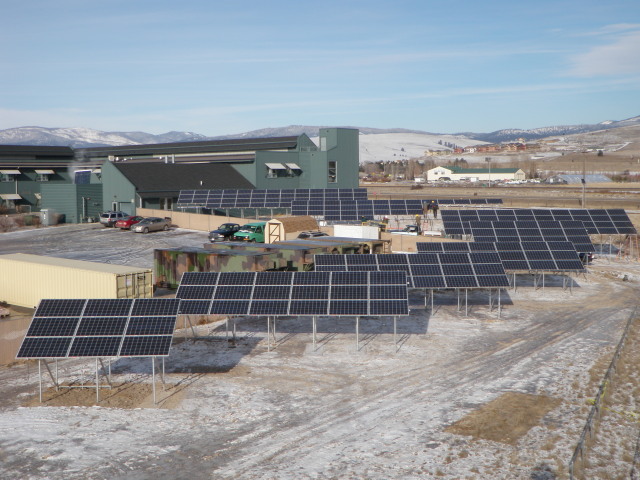Abstract
Operation of today's very large scale and interconnected electric power systems depends critically on the devices that facilitate management of power flow on the grid. These devices can be based on passive components such as capacitor and inductor, or rely on the solid state power electronics technology to achieve much faster control bandwidth. Widely known as FACTS (Flexible AC Transmission system) devices, these power electronics controllers can regulate voltage and improve stability, hence increasing power flow capability, or they can be used to directly control the power flow, or they can be used to separate regional grid from each other to reduce the interactions between these grids. More advanced applications include the incorporation of energy storage to shape the peak power requirement and to smooth the power output of large wind farms. While the benefit of an actively managed power grid is well understood, widespread use of power electronics controllers in electric power grid is still limited. The main reason behind this is the higher cost and perceived lower reliability. In this paper, the authors will discuss emerging power electronics controllers that are under development at Semiconductor Power Electronics Center of NC State University, and explain how these developments will facilitate wider and broader applications.
src ieee



